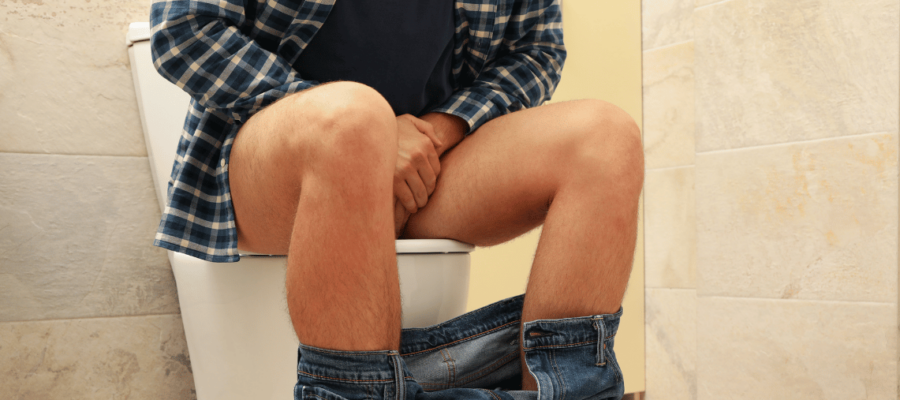Dispelling misconceptions about elderly incontinence
Elderly individuals experiencing incontinence often face not just physical challenges, but also widespread misconceptions that can hinder their care and well-being. In this article, we uncover common myths about incontinence among seniors and provide practical insights to address these concerns.
Urinary incontinence in the elderly is untreatable except for UTIs
While urinary tract infections (UTIs) should be considered, a comprehensive approach is crucial. Factors such as mobility issues, cognitive decline (dementia and delirium), chronic conditions (like diabetes, heart failure, or Parkinson’s), medication evaluation, constipation, and voiding symptoms (urge, incomplete emptying) warrant careful assessment. These aspects provide vital insights for effective treatment.
Dependent elders always seek assistance for toilet visits
Research shows that elderly individuals often hesitate to ask for help with toileting. They may feel empathy for caregivers and staff, leading them to avoid seeking assistance. A solution for elderly to be less reliable of others are diapers with an elastic band or pull-up pants.
Bed rails prevent falls in elderly patients with dementia
Using bed rails can hinder independent bathroom trips, causing restlessness and potential harm. Encouraging mobility and utilizing signaling systems to assist elders when they leave the bed is a more effective strategy.
Wheelchair accessibility is the key aspect of restrooms
For many elderly individuals, wheelchair access is not the primary concern. They require toilets at an appropriate height, offering stability for those with balance issues, ample lighting for visual concerns, and color contrasts for those with dementia.
Incontinence isn’t impactful thanks to effective diapers
Urinary incontinence affects emotions and can lead to social isolation. Effective management is vital to prevent distress and discomfort. Moreover, caregivers experience significant stress when dealing with incontinence issues.
Absorbent capacity is crucial in incontinence products
Research emphasizes that promoting independent restroom visits is the best approach for maintaining continence. Enabling seniors to manage incontinence products independently, reducing reliance on others, is paramount.
Adding liners to incontinence underwear enhances absorbency
Inserting liners does not enhance absorbency in incontinence underwear. Instead, it transforms the underwear into a costly disposable alternative. High-quality products should be chosen based on their inherent absorbent capacity.
Lying down is as effective as sitting for urination and defecation
Gravity plays a significant role in both urination and defecation. In a lying position, complete bladder emptying or proper bowel movement is often compromised.
Incontinence doesn’t indicate respiratory infections
Elderly individuals are susceptible to delirium, which may cause sudden incontinence. Respiratory infections can trigger delirium, leading to incontinence.
Catheters are a suitable alternative to incontinence products
Catheters are not recommended as alternatives due to severe complications associated with prolonged usage, including persistent urinary tract infections and bladder spasms.
Laxatives are the cure for constipation in the elderly
A comprehensive diagnosis is crucial before resorting to laxatives. Lifestyle adjustments, increased physical activity, and managing medications with constipation as a side effect often yield better outcomes.
Caregivers intuitively understand how to handle elderly incontinence
Caregivers often lack the necessary knowledge to effectively address incontinence. Inadequate attention from healthcare professionals adds unnecessary stress to caregivers.
Dependent elders don’t need to wash hands after using the toilet
Even elderly individuals need to practice hand hygiene to prevent the spread of antibiotic-resistant bacteria. It is crucial to maintain cleanliness, especially when dealing with food preparation surfaces and interactions with others.
By dispelling these misconceptions, we aim to enhance the understanding and care for elderly individuals dealing with incontinence. Addressing these concerns with accurate information and practical solutions is essential for promoting their overall well-being.
















